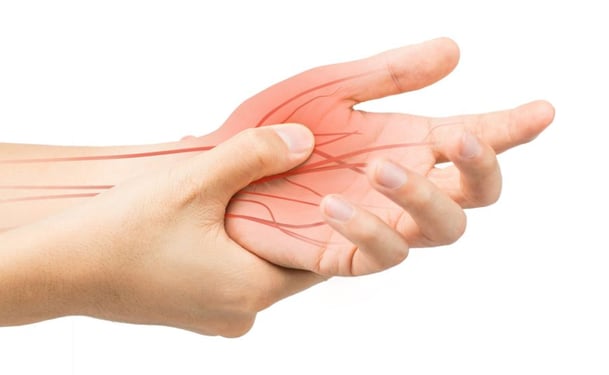Nerve studies are also known as nerve conduction studies. These studies measure how well nerves send signals through the body.
Uses for Nerve Studies
This procedure is used for numerous health conditions that affect the nervous system. It is helpful in finding underlying or hidden causes of muscle weakness, nervousness and pain. These conditions include:
- Carpal tunnel syndrome
- Post polio syndrome
- Gullain-Barre's syndrome
- Parkinson's disease
- Multiple Sclerosis
Nerve studies are used in hospitals, clinics and doctors' offices. These studies can be used in treatment plans and preventative care plans. The attending medical professional may be skilled in this area of study or knowledgeable about the nervous system and its functions.
How Nerve Studies Work
These studies work by assessing the speed and consistency of nerve functions. Each nerve in the human body sends and receives messages from the brain and spinal cord. These messages tell each part of the body what to do and how to function. The studies check for problems in this communication process.
The Procedure
The methods used in nerve studies entail using small electrodes that are placed on the body. A paste or tape is used to hold these electrodes in place on the skin. Nerve impulses are sent through the electrodes to various sites on the body. Each specific signal or pulse is recorded, studied and compared to normal patterns.
This procedure is often performed with an electromyogram. Electromyograms are used to find conditions, diseases and problems in the muscular and nervous system. These combined procedures provide an in-depth look into both the muscular and nervous systems.
Advantages over Other Treatments
The advantages of this procedure over similar treatments include the accuracy of finding nerve damage and making faster diagnoses of conditions. It causes fewer discomforts than other similar treatments.
Who Is a Candidate
Patients who experienced polio in the past are candidates. Those with nerve, brain or spinal cord damage are also ideal candidates for this procedure. This procedure is helpful in discovering underlying illnesses that affect current health status.
Precautions
Risks can vary for each individual patient, and may include:
- minor shock from the electrodes
- burning or slight pain from the electrical pulses
- tingling in the electrode sites
- muscle twitching
Nerve studies are used in hospital, clinical and doctors' office settings. Each study is used in treatment plans and preventative care plans. The attending medical professional may be skilled in this area of study or knowledgeable about the nervous system and its functions.
Recovery
Most patients recover from the procedure immediately. Some make take longer to recover from the small spurts of electricity that were supplied via the electrodes. After the procedure, the electrodes and material used to attach them are removed. It usually takes a few minutes to completely remove the electrodes and unhook the machine.
It takes anywhere from two to three days for the study results to come back. The physician will then prescribe treatment based on the findings.


